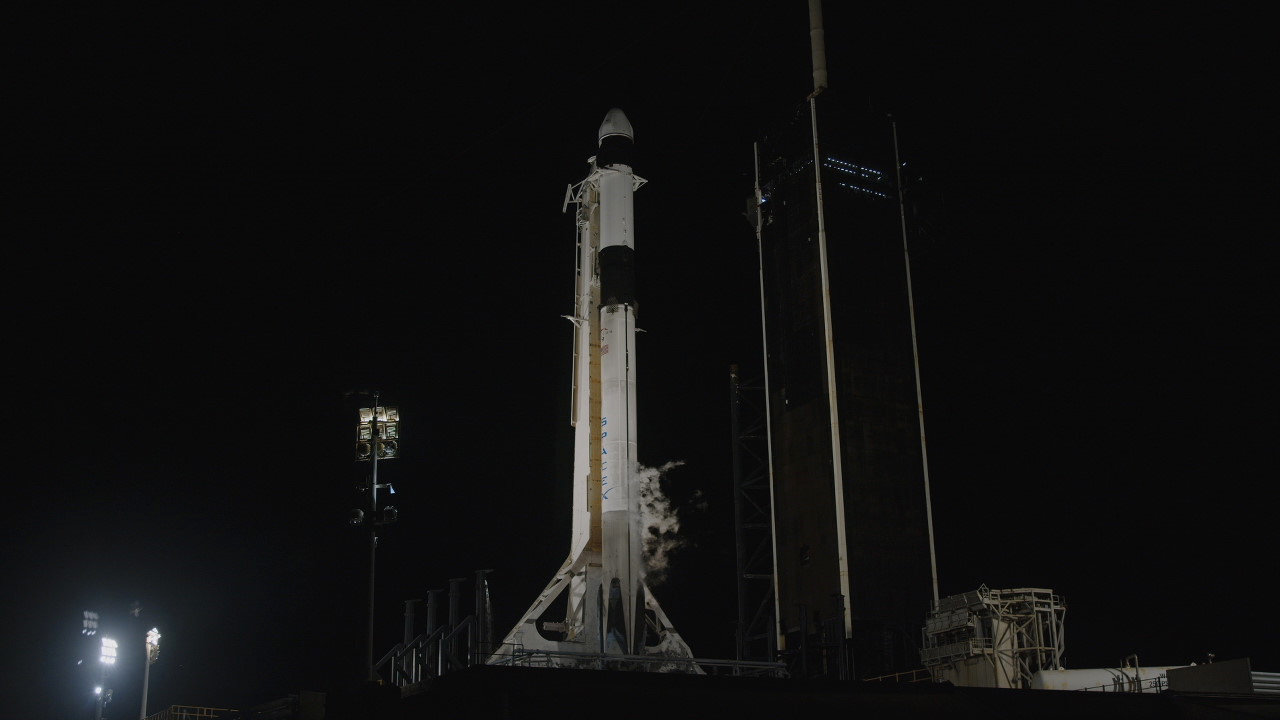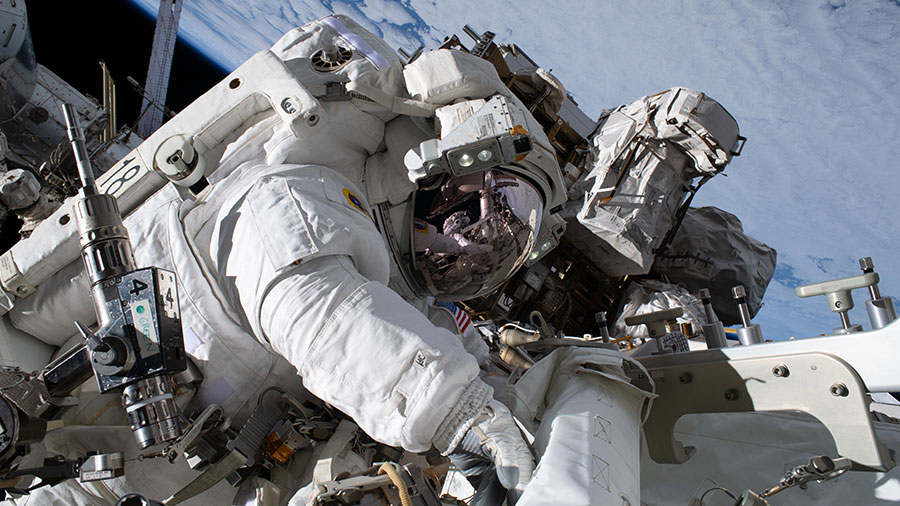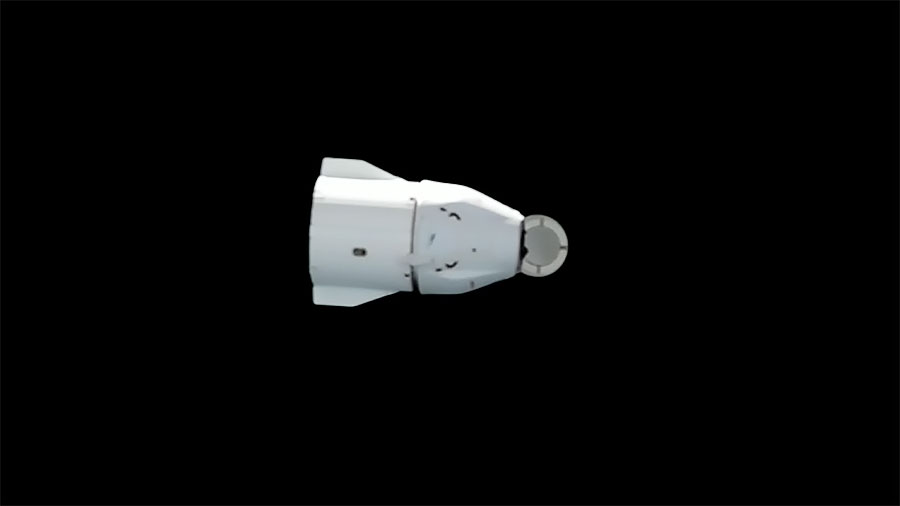
Tonight’s launch of NASA’s SpaceX 29th Commercial Resupply Services mission is set for 8:28 EST, from Launch Complex 39A at Kennedy Space Center in Florida. Our live broadcast is underway. You can watch on NASA Television, the NASA app, YouTube, and on the agency’s website, or get live updates here on the blog.
The mission will carry scientific research, technology demonstrations, crew supplies, and hardware to the International Space Station to support its Expedition 70 crew, including NASA’s ILLUMA-T (Integrated Laser Communications Relay Demonstration Low Earth Orbit User Modem and Amplifier Terminal) and AWE (Atmospheric Waves Experiment).
- Once installed on the station’s exterior, ILLUMA-T aims to test high data rate laser communications from the space station to Earth. The system uses invisible infrared light to send and receive information at higher data rates than traditional radio frequency systems. Working together, ILLUMA-T and the agency’s Laser Communications Relay Demonstration, currently in orbit around Earth, will complete NASA’s first two-way laser communications relay system.
- Also to be installed on the station’s exterior, AWE will use an infrared imaging instrument to measure the characteristics, distribution, and movement of atmospheric gravity waves, which roll through the Earth’s atmosphere when air is disturbed. Researchers also are looking at how these waves contribute to space weather, which affects space-based and ground-based communications, navigation, and tracking systems. Increased insight into atmospheric gravity waves could improve understanding of Earth’s atmosphere, weather, and climate and development of ways to mitigate the effects of space weather.
The spacecraft is expected to spend about one month attached to the orbiting laboratory before it returns to Earth with research and about 3,800 pounds of return cargo, splashing down off the coast of Florida.




